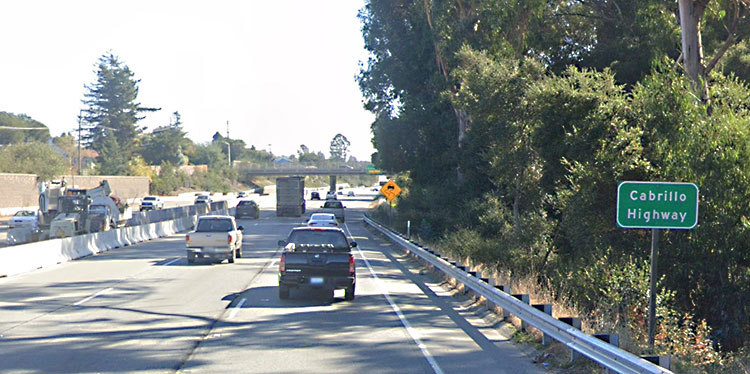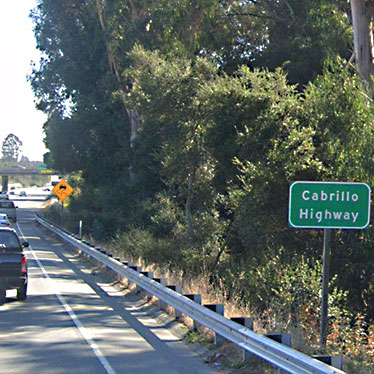On Friday, California Natural Resources Secretary Wade Crowfoot, State Parks Director Armando Quintero and Department of Transportation Director Toks Omishakin announced actions to identify and redress discriminatory names of features attached to the State Parks and transportation systems.

With a change to the Cabrillo College name being considered, California agencies looking at problematic park and road names could make things easier if “Cabrillo” is put on that list.
Their agencies also will expand representation and increase transparency around a state committee tasked with recommending changes to geographic names in California.
The moves come in the wake of a national conversation about the names of geographic features, markers and statues affiliated with the Civil War, genocide of Native Americans and other remnants of institutionalized discrimination. They dovetail with measures announced by Gov. Newsom to mark Native American Day after his apology to Native Americans last year.
“The Governor fundamentally changed the way Californians grapple with the difficult beginnings of this State when he formally apologized to California Native Americans last June,” said Governor’s Tribal Advisor and Executive Secretary to the Native American Heritage Commission Christina Snider. “For California Native Americans who have survived generations of depredations against our very existence, these disparaging and dehumanizing names serve as a constant reminder that we were never intended to be part of the California dream. The leadership of the California Natural Resources Agency and the Department of Transportation in furthering these corrective initiatives demonstrates the State’s real commitment to act on the promise of the Governor’s apology, heal relationships and work to make historically dispossessed communities whole.”
Assembly Member James C. Ramos (D-Highland), the first California Native American elected to the state Legislature, welcomed the announcements.
“Ensuring that state facilities are respectful and inclusive of California’s history and all its people is a much-welcomed step,” Ramos said. “As a Native American, I look forward to the acknowledgement of our presence and culture as well as the education that will occur during a renaming process.”
Crowfoot said it is past time to revisit historic names that stem from a legacy that includes discrimination, violence and inequity.
“Recent protests over racial inequality have spurred a national conversation about institutional and systemic racism in the United States. That conversation includes a new reckoning over monuments, symbols and names found in our public spaces,” he said.
Crowfoot is directing the Natural Resources Agency to expand the membership of the California Advisory Committee on Geographic Names by adding members designated by the Native American Heritage Commission, California State Library, California African American Museum and California Department of Transportation, as well as the legislative Selective Committee on Native American Affairs and Black, Latino and Asian Pacific Islander Legislative Caucuses.
The state Department of Parks and Recreation has begun to inventory racist markers and names of features within the State Parks system. State Parks is developing a process to assess the inventory, solicit input on potential name changes and to consult with Tribes and other groups to update interpretive signage, exhibits and educational materials for student programs.
“This is a generational moment that calls for the California Department of Parks and Recreation to take stock of and critically examine our state’s historical legacy,” Quintero said. “We want every Californian, whether they are first generation or the 500th generation, to feel welcome in parks and see stories shared by all voices.”
Caltrans will review of all named assets in the state transportation system and develop a proposal identifying those to be renamed or rescinded.
“Transportation is meant to bring people together, bridge divides, cross immovable boundaries and connect people from all walks of life,” Omishakin said. “Caltrans cannot accomplish this mission without addressing the specter of exclusionary, prejudiced place names located throughout the California State Highway system.”

